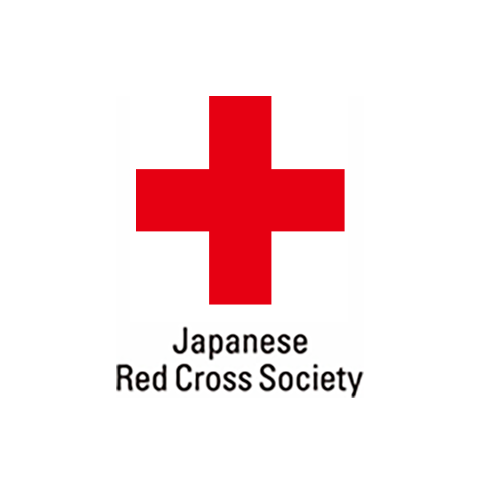Organisation
The Japanese Red Cross Society (JRCS) is a special corporation established under the Japanese Red Cross Law of 1952. Its highest governing body is the Board of Representatives, which is composed of 223 members elected by the Boards of Councillors from among the Society for a term of three years. The Board of Representatives meets twice a year to elect a president, two vice-presidents, three auditors, and 61 governors (all for three-year terms) and to make decisions on important matters such as annual budgets, operational plans, and statute modifications. The Board of Governors' primary responsibility is to assist the President with and deliberate on the management and execution of important activities and to approve matters referred to it in accordance with the Statutes. Since it usually only meets in its entirety three times a year, it may entrust its responsibilities to the Standing Board of Governors, which meets monthly, and is composed of not more than 13 members elected from among the Governors.
The JRCS has Her Majesty the Empress as Honorary President and other members of the Imperial Family as Honorary Vice-Presidents. Former Presidents may be given the title of President Emeritus. The President, while representing and chairing the Board's meetings, assumes the function of top executive, supervising the Society's day-to-day activities through its secretariat.
The JRCS's National Headquarters is located in the heart of Tokyo and supports a nation-wide network of chapters throughout all 47 prefectures. Each chapter has a Board of Councillors composed of elected members who supervise its activities. Below the chapter level are branches formed in association with government administrative units at the city, ward, town, and village levels. Chapters and branches are usually headed by leaders of the community they represent and serve as the machinery for recruiting members and collecting membership fees and contributions.




